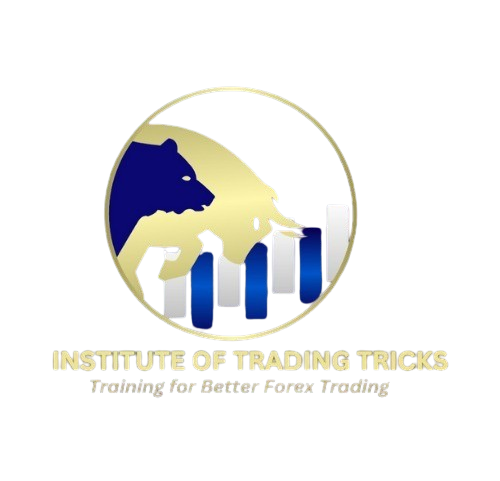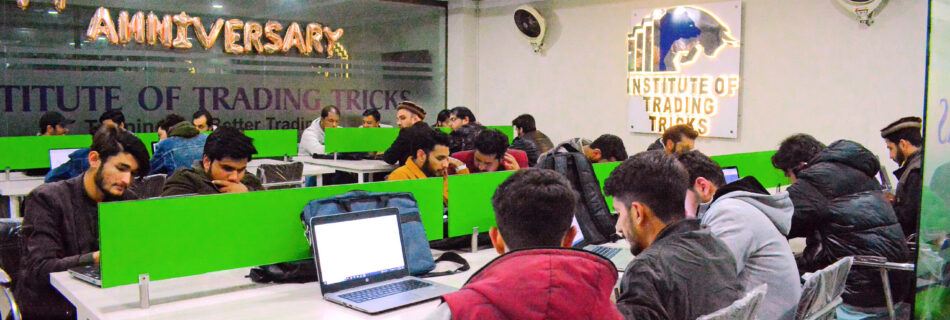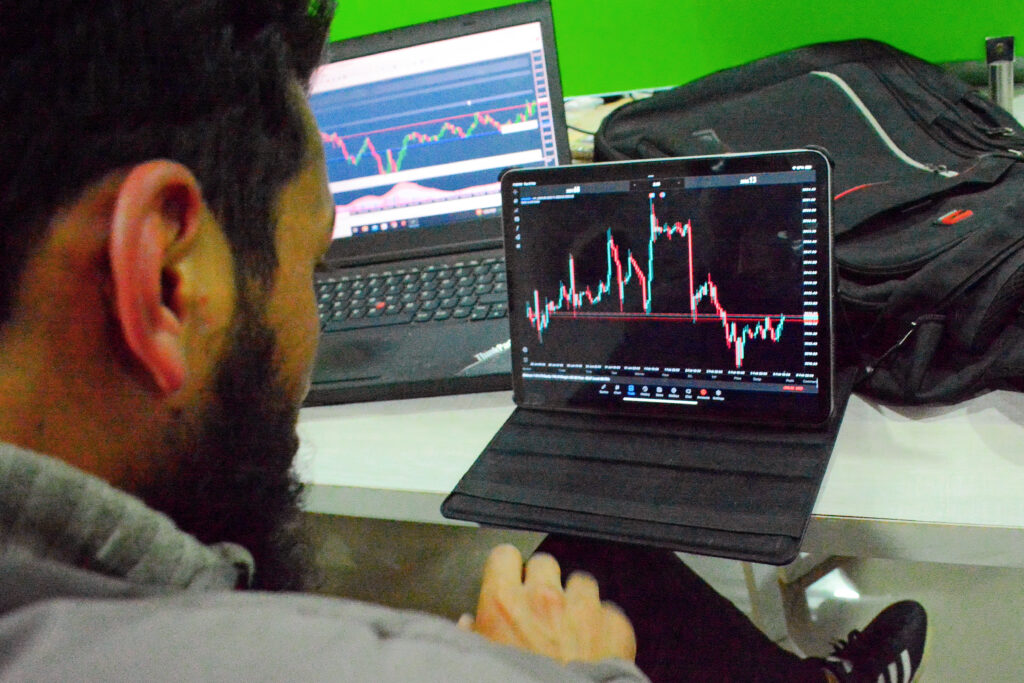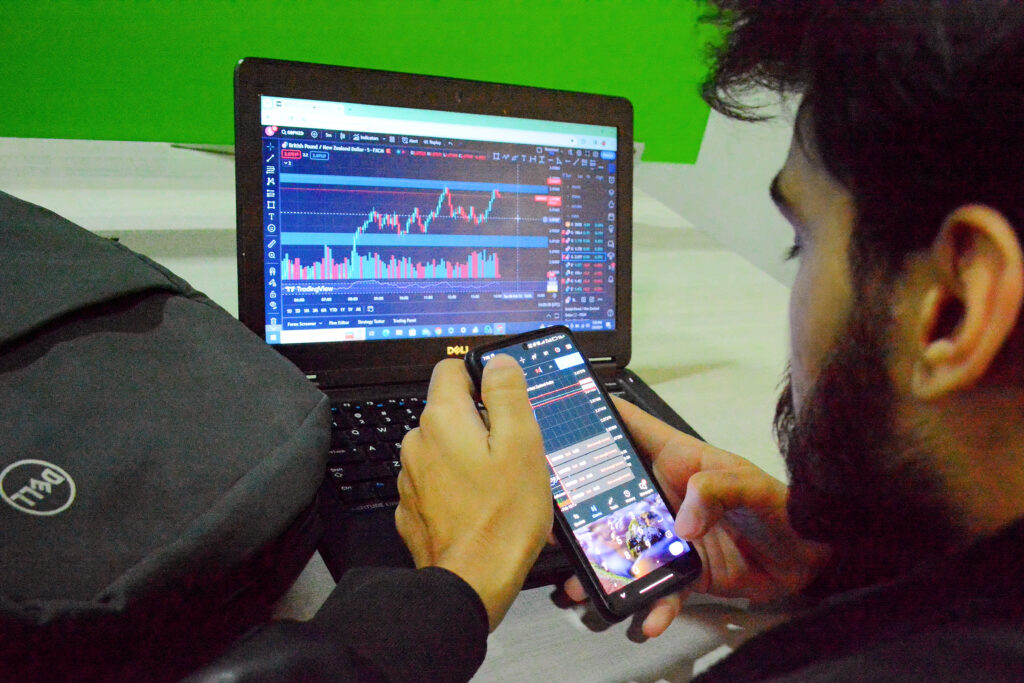Master the art of trading with our comprehensive Forex Trading course! Learn market basics, analysis techniques, risk management, and advanced strategies. Perfect for beginners and professionals. Start your journey to financial independence today with our Forex Trading Course!
What is Forex Trading Course?
Forex Trading Course, short for foreign exchange trading, involves the buying and selling of currencies with the aim of making a profit. It is the largest and most liquid financial market in the world, with a daily trading volume exceeding $6 trillion. Unlike other markets, Forex operates without a centralized exchange, enabling trading 24 hours a day across various time zones.
History and Evolution of the Forex Market
The Forex Trading course market’s roots can be traced back to the Bretton Woods Agreement in 1944, which established fixed currency exchange rates. Over time, this system gave way to floating exchange rates in the 1970s, marking the birth of the modern Forex market. With advancements in technology, online platforms have made Forex trading accessible to retail traders globally.
Benefits and Opportunities in Forex Trading Course
Forex trading offers numerous advantages, including high liquidity, leverage, and the ability to trade around the clock. It also provides opportunities for profit regardless of market direction, allowing traders to buy or sell based on market conditions.
2. Understanding the Forex Market
How the Forex Market Operates
The Forex market operates as a decentralized global marketplace where currencies are exchanged. Trades occur electronically over-the-counter (OTC), meaning there is no physical exchange. The market is influenced by supply and demand dynamics, economic indicators, and geopolitical events.
Key Participants
Participants in the Forex market include retail traders, banks, central banks, hedge funds, corporations, and brokers. Retail traders participate through brokers, while institutions often trade directly in the interbank market.
Market Hours and Trading Sessions
The Forex market operates 24 hours a day, divided into three main sessions: Asian, European, and U.S. These sessions overlap, creating periods of high activity and volatility, which traders can capitalize on.

3. Currency Pairs and Market Basics
Major, Minor, and Exotic Currency Pairs
Currency pairs are categorized into major, minor, and exotic pairs. Majors, like EUR/USD and GBP/USD, involve the most traded currencies and offer high liquidity. Minor pairs exclude the U.S. dollar, while exotic pairs include currencies from emerging markets.
How to Read and Interpret Currency Quotes
Currency pairs are quoted as base currency vs. quote currency. For instance, in EUR/USD, the euro is the base currency, and the dollar is the quote. A quote of 1.10 means one euro equals 1.10 dollars.
Understanding Pips, Lots, and Leverage
A pip represents the smallest price movement, typically the fourth decimal place in most pairs. Lot sizes dictate trade volume, with standard lots representing 100,000 units. Leverage amplifies potential profits or losses, enabling traders to control larger positions with less capital.
4. Trading Platforms and Tools
Overview of Popular Platforms
Platforms like MetaTrader 4/5 and cTrader are industry standards, offering user-friendly interfaces, advanced charting tools, and automated trading capabilities.
Setting Up a Trading Account
To trade Forex, you’ll need to register with a broker, complete verification, and fund your account. Demo accounts are recommended for beginners to practice risk-free.
Introduction to Charting Tools and Indicators
Charting tools display price movements, while indicators like RSI, MACD, and moving averages help traders analyze trends and predict potential market directions.
5. Market Analysis Techniques
Fundamental Analysis
Fundamental analysis evaluates economic indicators like GDP, interest rates, and inflation. Geopolitical events and central bank policies also significantly impact currency values.
Technical Analysis
Technical analysis involves studying price charts to identify patterns and trends. Common techniques include using candlestick charts, support and resistance levels, and indicators like Bollinger Bands.
Sentiment Analysis
Sentiment analysis gauges the overall mood of traders and markets. Tools like the Commitment of Traders (COT) report help traders understand positioning and potential market moves.

6. Risk Management Strategies
Importance of Risk Management
Risk management is crucial to long-term success in Forex trading course. Without it, even profitable strategies can lead to significant losses.
Setting Stop-Loss and Take-Profit Orders
Stop-loss orders limit potential losses, while take-profit orders secure gains. These tools are essential for disciplined trading.
Managing Leverage and Position Sizing
While leverage enhances profit potential, it also increases risk. Proper position sizing ensures you never risk more than a small percentage of your account on any trade.
7. Trading Strategies for All Levels
Scalping Strategies
Scalping involves making multiple quick trades to capture small price movements. It requires discipline and a reliable broker offering low spreads.
Day Trading
Day traders open and close trades within the same day, avoiding overnight risks. This strategy relies on intraday analysis and volatility.
Swing Trading
Swing traders aim to capture medium-term price movements, holding positions for days or weeks. This approach combines technical and fundamental analysis.
Position Trading
Position trading involves long-term trades based on fundamental trends. Patience and a deep understanding of macroeconomic factors are essential.
8. Trading Psychology and Discipline
Managing Emotions
Emotions like fear and greed can cloud judgment. Successful traders maintain a calm and rational mindset.
Developing Discipline
Consistent adherence to a trading plan and strategy is vital for avoiding impulsive decisions.
Coping with Losses
Losses are inevitable in trading. Accepting them as part of the process helps traders remain focused on the bigger picture.
9. Forex Regulations and Brokers
Trading with Regulated Brokers
Regulated brokers ensure transparency and security for traders. Always verify a broker’s regulatory status before opening an account.
Understanding Broker Fees and Spreads
Brokers earn through spreads and commissions. Compare brokers to find competitive pricing that suits your trading style.

10. Practice and Continuous Learning
Using Demo Accounts
Demo accounts allow traders to practice strategies without risking real money. They are invaluable for building confidence.
Evaluating and Improving Strategies
Maintaining a trading journal helps track performance and identify areas for improvement.
Staying Updated
The Forex market evolves constantly. Keeping up with global news and trends is essential for informed trading decisions.
11. Advanced Trading Concepts
Algorithmic Trading
Algorithmic systems automate trading based on predefined criteria, enhancing efficiency and consistency.
Hedging Techniques
Hedging reduces risk by offsetting positions in correlated markets.
Arbitrage Opportunities
Arbitrage involves exploiting price discrepancies between markets for risk-free profits.
12. Building a Trading Plan
Setting Realistic Goals
Define clear, achievable objectives based on your capital and risk tolerance.
Planning Entries and Exits
Establish criteria for entering and exiting trades to minimize emotional decision-making.
Reviewing and Optimizing Plans
Regularly assess your trading plan to adapt to changing market conditions.
13. Real-World Trading Scenarios
Case Studies
Learn from real-life examples of successful and unsuccessful trades to understand key principles and mistakes.
Common Mistakes
Avoiding errors like overtrading, neglecting risk management, and ignoring market trends is essential.
Final Vrdict
Understanding the Forex market, analysis techniques, and disciplined trading are the foundation of success.
Starting Small
Begin with small investments and gradually scale as you gain experience and confidence.
Future Prospects
With dedication and continuous learning, Forex trading can offer long-term financial opportunities.

Frequently Asked Questions
1. What is Forex trading Course?
Forex trading course, or foreign exchange trading, involves buying and selling currencies to profit from changes in their value. It’s the world’s largest financial market, operating 24/5 and providing opportunities for traders to earn income by predicting currency price movements.
2. Do I need prior experience to join this Forex trading course?
No prior experience is needed! Our Forex Trading course is designed for beginners and seasoned traders alike, covering everything from the basics to advanced trading strategies.
3. What tools or platforms will I need for Forex trading course?
You’ll need a reliable trading platform like MetaTrader 4 or 5, which we guide you through in the course. A stable internet connection and a demo account for practice are also recommended.
4. How much money do I need to start Forex trading course?
Forex trading can start with as little as $10, depending on your broker. However, we recommend starting with an amount you can afford to lose while practicing risk management techniques.
5. Is Forex trading risky?
Like any investment, Forex trading carries risks. However, our course emphasizes risk management strategies, including setting stop-loss orders and managing leverage, to help minimize potential losses.









